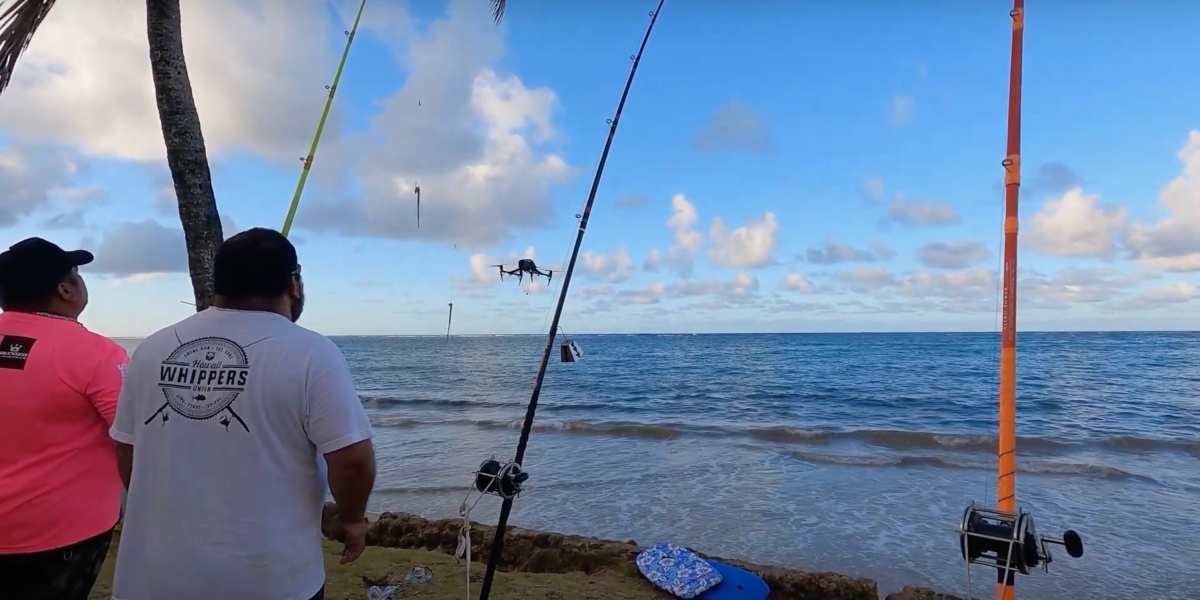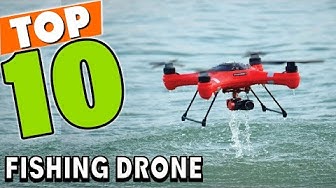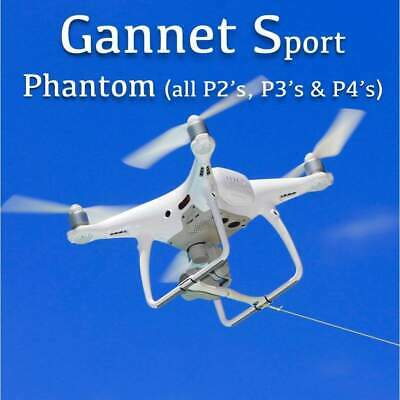
We'll be covering the basics of a drone-fishing rig in this article. We'll also cover what you need to be aware of when choosing your drone and how it will perform over time. Next, we will discuss how to get the best drone. For more tips and tricks, read on. You will soon have the drone that you dream of! Let's get !... started and maybe even catch some fish!
Basic drone fishing gear
A good set of hooks is the most important thing when you want to begin drone fishing. The fishing line should have a doubled length and be either mono or braided. The fishing line should be doubled and tied with a Cat's Paw Loop (or Uni knot). A sinker, weighing between two to eight ounces, and hooks to attach each section to the backbone will be required. The final step is to attach the lead loop and end loop of your drone using a snap swivel.
There are many methods to make a fishing helicopter. One basic method involves attaching a hook on the drone's landing gear and spinning the line until it releases. Another low-cost option is to use a dropper and drop line. The dropper lets you keep the main line down below the drone and not get tangled with the propellers. Accessories such as docks and batteries can be added to fishing drones.
You'll need some additional equipment after you have purchased your basic drone fishing kit. You will need a long fishing line (about 700 meters), as well as a bait-dropping device. These are optional accessories, but they can make your drone fishing adventure more enjoyable. A good drone will give you a clearer view of your surroundings, and you'll be able to spot fish more easily.

Payload for drone fishing equipment
If you're planning on catching a fish using a drone, you need to be aware of the safety measures that need to be taken. Avoid flying your drone in strong wind or rain. Here are some suggestions:
First, ensure that your drone can carry a lot of weight. You can't load it with heavy lures, braided or heavy line. Also, if you're fishing at a seaside location, the wind may blow the drone off its course. It's also important to check local regulations and laws, as some may not allow fishing from a drone. Once you've decided to go fishing with a drone, you need to choose one with solid carrying capacity.
The next step is to determine which accessories you'll need to mount on your drone. To reduce weight distribution problems, a good rule of thumb is that your rigging system should have a central attachment. The best attachment points for drones are motor struts, landing gear, or legs. You should avoid attaching anything to the camera or to the gimbal. This can cause damage. A simple solution is to tie a length of fishing line from one corner to the other. Tape can be used to keep it from falling apart.
Battery life of drone fishing equipment
Before going out fishing with your drone, be sure to check the batteries and the other gear. This will prevent your drone from running low on battery life, and you can focus on fishing instead. Some drones have solar panels or car batteries that allow you to charge them. Start out by having fully charged batteries. This will ensure your drone is ready for flight as soon as your reach your fishing spot.

It is also important to take into account the drone’s flight time. Although some drones have longer flight times, others can fly for as little as twenty-two seconds. This is great for those who want to spend hours out on the water with their drone. However, a drone that is not able to sustain long distances will render it inoperable. This will make it almost impossible to catch fish.
After you have setup your fishing rig, attach the fishing line clip to either the legs or the motor struts. Then, attach the bait to the fishing line. When you are ready to drop your bait, make sure you lock the reel. Once you release the line, tension will build and the drone will drop the bait in the water. It is important to charge your battery before each use or the drone may stop working properly.
FAQ
Can I fly my drone in my local park?"
You can fly drones in parks around the globe. Due to safety concerns, certain countries don't allow you to fly drones in parks. Take a look at our list of legal places to fly drones for entertainment.
Are you interested in flying with a drone while on the road?
Drones are becoming more popular, both for personal and business purposes. They are used to film, fly, map, rescue and search and rescue. Recent regulations regarding drones have been approved by FAA. They include new requirements for registration and licensing, pilot training, insurance, and other requirements. These new regulations will ensure drones are safe for all.
How high can you fly a drone without a license?
The FAA has no limit on how high you can fly a drone. However, you must register your unmanned aircraft system (UAS), which includes the registration numbers, model name and weight, size, serialnum, manufacturer's name and date manufactured.
Can I fly my drone indoors without a license?
Yes, your drone can be flown indoors. Your home must be free of hazards and obstacles. Avoid flying near windows, doors and heating vents.
Is it safe to fly a drone while driving?
Drone flying while driving can be dangerous as you may collide with another vehicle or object. Also, you could hit pedestrians or animals. You could also damage your car if you hit power lines, trees, or other buildings.
Statistics
- With the top 10% making over $100/h and the bottom 10% making as low as $10/h. (dronesgator.com)
- According to the multiple listing service (MLS), houses and apartments with drone photographs are up to 68 percent more likely to sell than those without pictures. (thedroneu.com)
- According to Indeed, a drone pilot gets paid $25.73 per hour on average in the US. (dronesgator.com)
External Links
How To
How to Fly Drones With Beginners
A drone is an unmanned aerial vehicle that can be remotely controlled and used for surveillance, aerial photography, film production, research, and other hobby purposes. Drones are a technology that has been around since World War II. DJI introduced their Phantom series of quadcopters in 2010, but commercial use only began in 2010. From beginner-friendly drones such as Parrot AR Drone 2.0 through professional-grade multirotor craft like DJI Mavic Pro, many types have been available.
There are several ways to fly a drone, including;
-
Remote control - This method uses a control device attached to your hand, which enables you to steer the drone through its flight path. There are two main types, On/Off switches (like radios) and joysticks.
-
Manual Control- This allows you to control your drone remotely via GPS coordinates. The app will give you instructions.
-
Autonomous Flight – This is when the drone handles all the piloting tasks. It is basically flying autonomously and without human intervention. A drone must have a builtin camera and sensors capable to capture images and other data.
-
Triggered flight - This is similar to manual control except that the pilot sets up a preprogrammed route and the drone follows the route until it reaches its destination. Once the programmed route has been completed, the drone returns to the base automatically.
-
Landing Gear - Some drones come equipped with landing gear that allows them to land safely if they lose power or run out of battery during flight.
-
Goggles - Pilots may wear goggles to shield themselves from flying debris.
-
Camera - Some drones can be equipped with cameras which enable you to capture photos from the sky.
-
Obstacles: Some drones are equipped with obstacle avoidance systems to prevent them from hitting obstacles.
-
Speed - Drones can reach speeds up to 40 mph.
-
Battery Life: Most drones have a battery life of between 20 and 30 minutes depending on how many power sources you use.
-
Distance - Some drones can travel up 30 miles depending on the model.
-
Power source - Not all drones can use an external power source. Others can run on internal batteries.
-
Weight - Some drones weigh less than 1 pound, whereas other models weigh up to 4 pounds.
-
Size - Drones range from small devices that fit in one's palm to large crafts that weigh more than 50 pounds.
-
Price - All drones fall within a specific price range, from high-end models that can cost thousands of dollars to lower-cost options starting at $100.